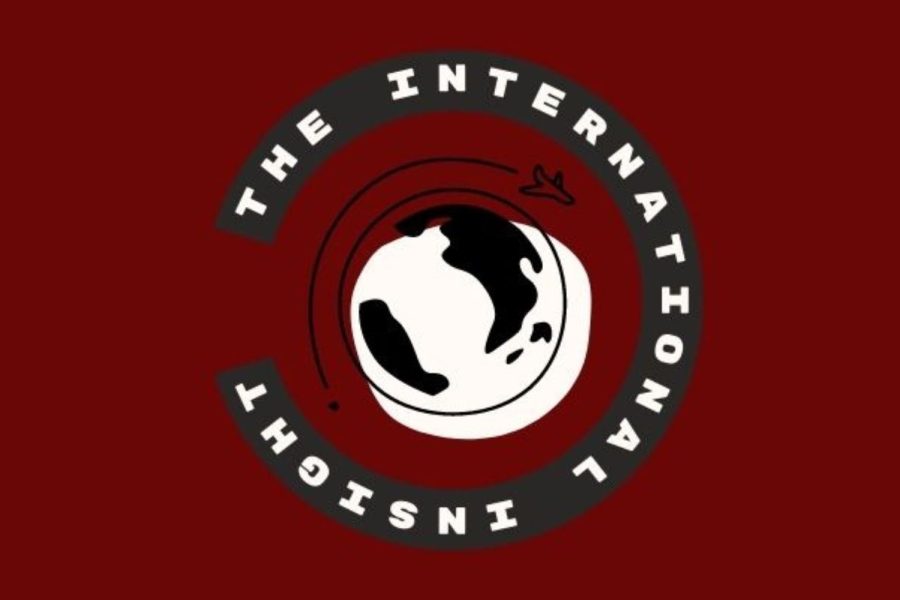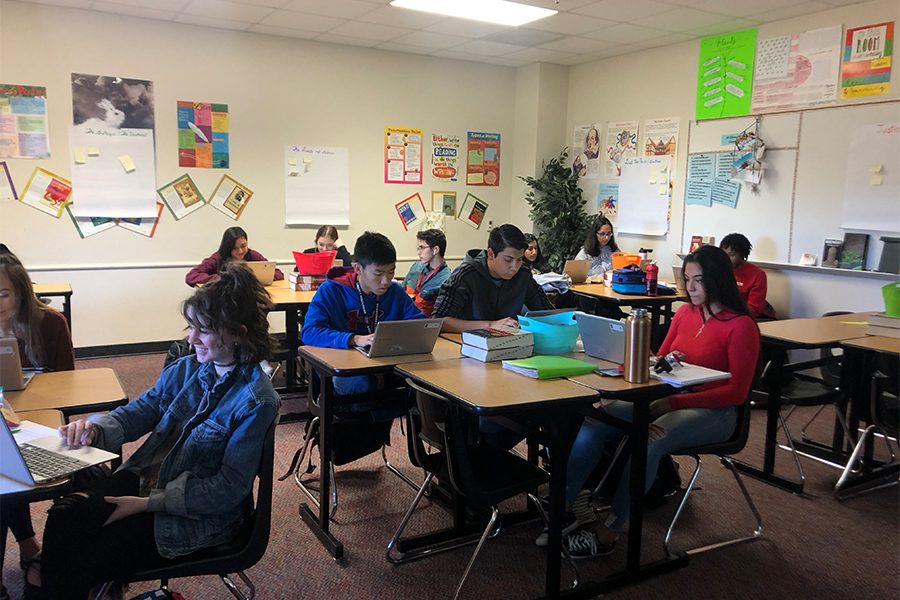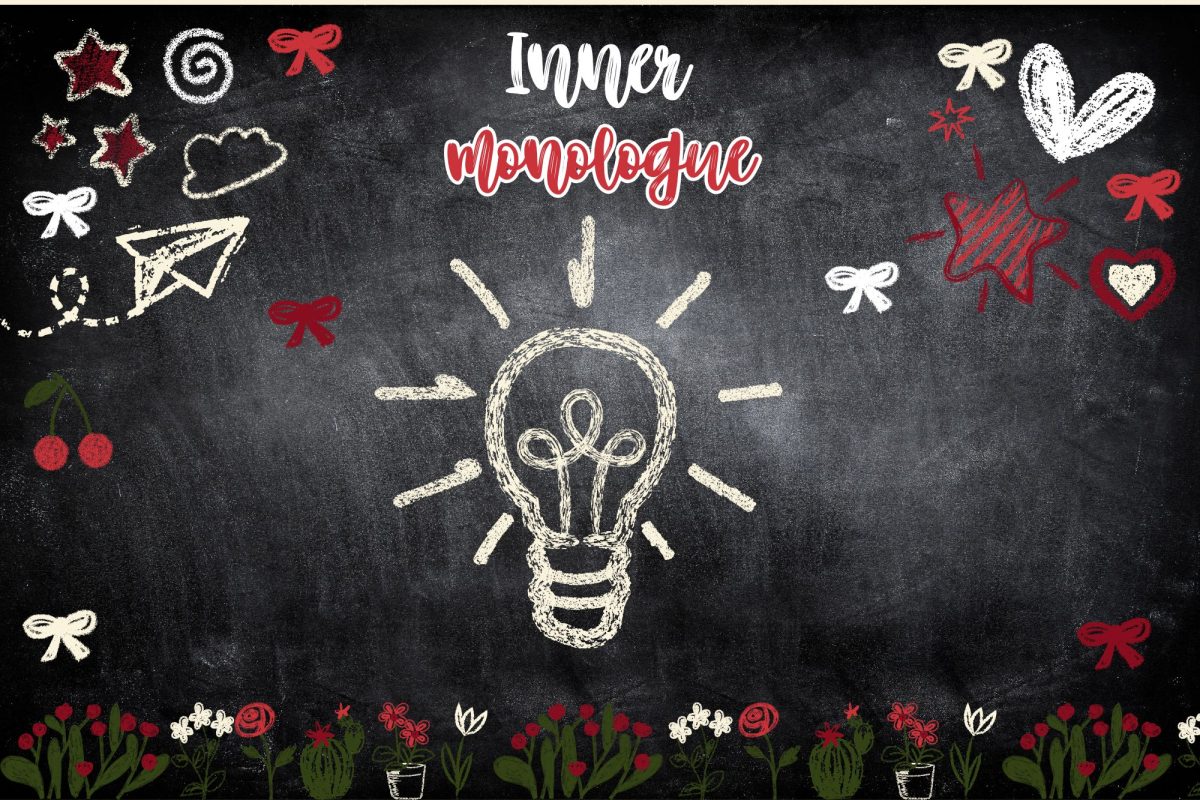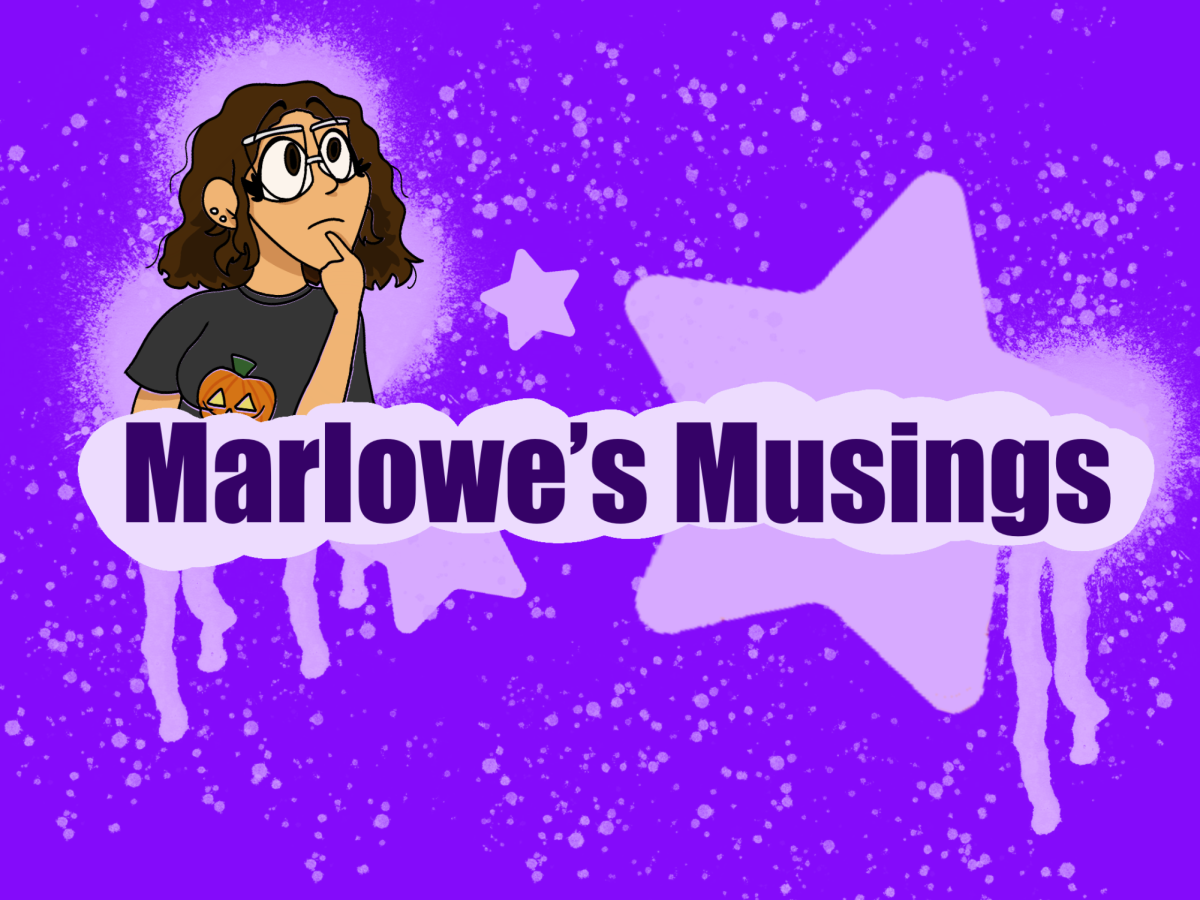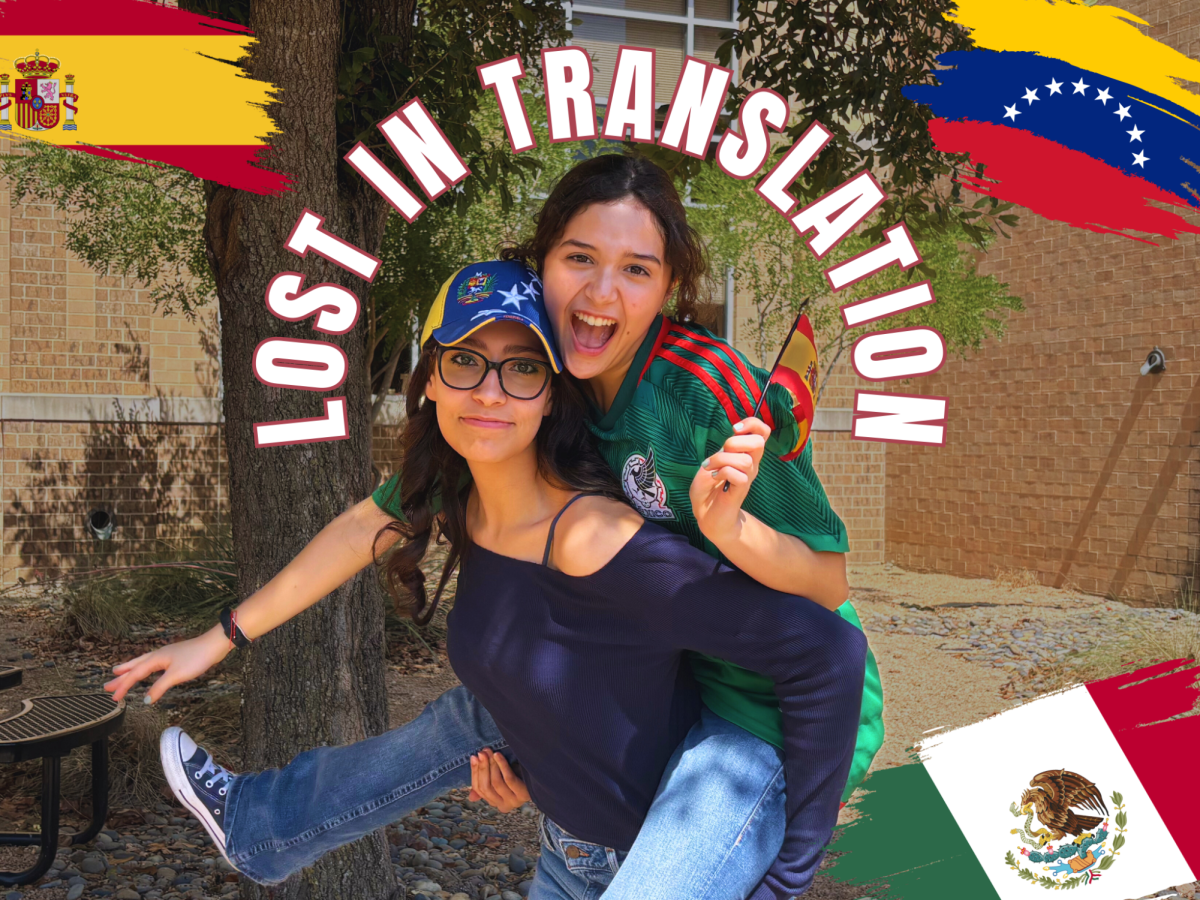Diplomatic relations between India and Canada have significantly deteriorated in the past few days with the renewal of arguments regarding the involvement of the Indian government in the death of supposed Khalistani terrorist, Hardeep Singh Nijjar.
The controversy surrounding Nijjar, an Indian born Sikh living in Canada, started last June, after he was fatally shot in Vancouver by two hooded gunmen. Nijjar was a vocal member of the Khalistan movement in his area, a movement that argues for the formation of a Sikh state from Punjab and other Sikh-majority regions in what is now northern India.
While the Canadian government posited that Nijjar was a peaceful member of this organization, the Indian government alleged that Nijjar was in actuality a member of the Khalistan Tiger Force (KTF), an illegal Indian militant group, and a criminal under the Southeast Asian nation’s Terrorist Act.
Soon after Nijjar’s killing, Canadian Prime Minister Justin Trudeau publicly spoke about an investigation into Nijjar’s death, referencing allegations that tied the murder as a pre-planned action of the Indian government.
Trudeau’s statement led to backlash from the Indian government and an increase in tensions between the two nations, as they went back and forth on the public stage on the nature of Nijjar’s involvement in the Khalistan Movement and his mysterious murder.
The rising tensions between the two nations last year ultimately led to the Indian government calling for the Canadian government to withdraw 41 of its 62 diplomats to India.
And while tensions appeared to have eased in the months since, they seem to have sparked up again with both countries expelling six of the other’s diplomats to their nation. The decision to expel Indian diplomats, on Canada’s part, stemmed from the results of an investigation conducted by the RCMP, or the Royal Canadian Mounted Police, that claimed to have found evidence of involvement by Indian government agents and Nijjar’s murder last June.
Positing that this involvement, supposedly facilitated by the six expelled diplomats, posed a threat to national security, the Canadian government subsequently expelled these diplomats, requiring them to return to India. In response to these expulsions, the Indian government expelled six of Canada’s diplomats to India, causing them too to return to their home nation.
For quite a few, however, the conflict between India and Canada seems to be less of a diplomacy and policy-related conflict, and more of one intended to garner political support for one leader or another.
Many in India see Trudeau’s actions as “vote bank politics”, or an attempt to garner support from minority groups, such as Canadian Sikhs, prior to the rapidly approaching elections, while several others view the conflict as an opportunity for Indian Prime Minister Narendra Modi to solidify and cement his position on national security and the sovereignty of India.
Regardless of the nature of the conflict between the two nations, exacerbated tensions between India and Canada could have far-reaching impacts, as Canada is the world’s 9th largest exporter and India is now the world’s most populous nation, home to over 1.4 billion people, especially as the conflict leads to greater polarization between and within both nations.
But as apprehension between India and China continues to grow, it is vital, more now than ever, in these polarized and election-crazed environments we live in, to read between the lines and remain aware of the highly politicized nature of the media and literature that we consume on a daily basis.
And as we continue to engage in discourse about both domestic and international issues, it is crucial to approach these issues with a degree of skepticism, rather than blind belief, and perhaps more importantly, with empathy, rather than causticity, and some measure of the humanity that makes us just that.



